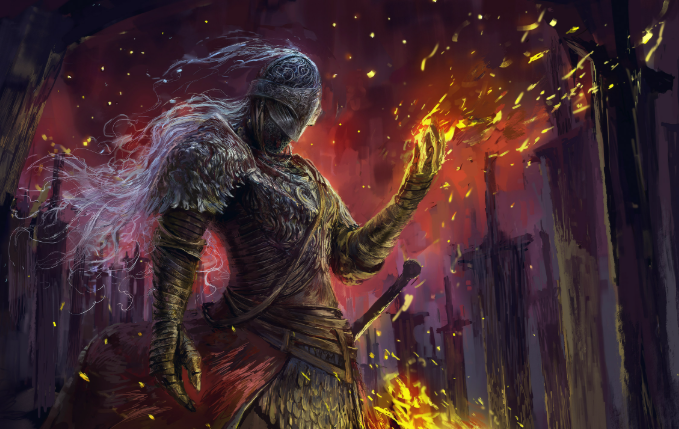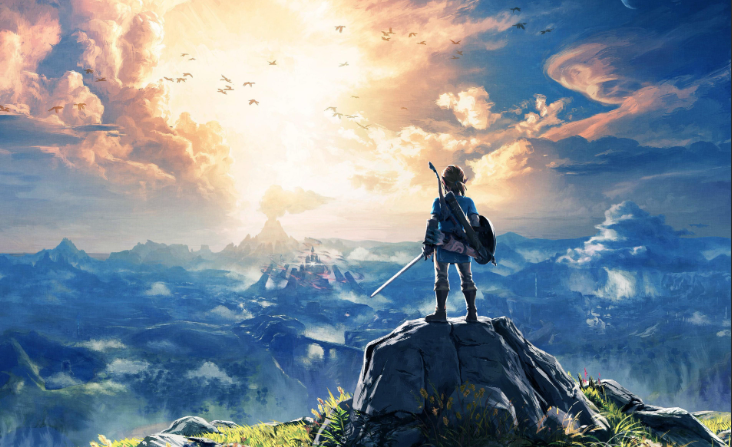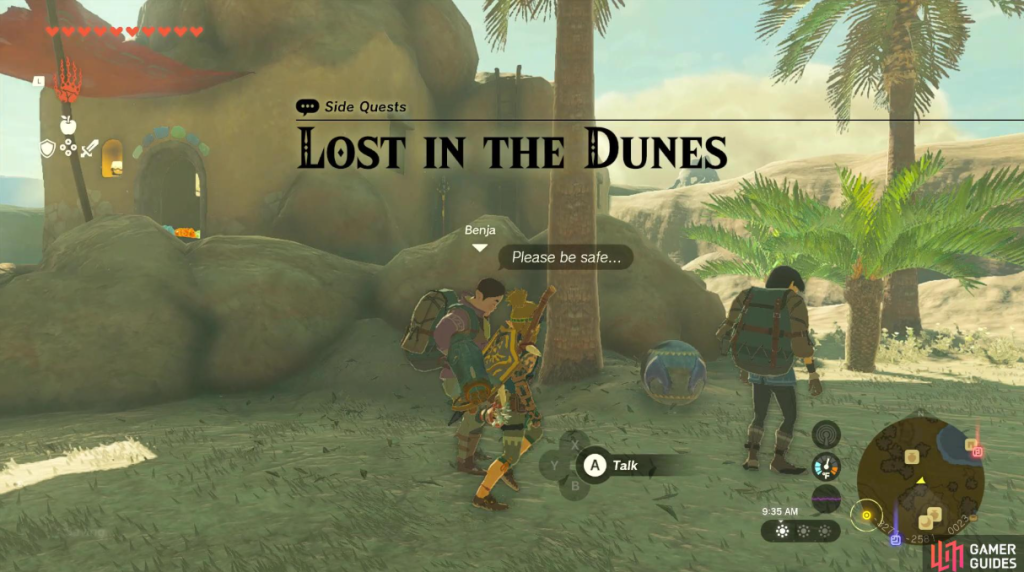
If you’ve made it to the Western Vermillius Gap in Dune: Awakening, congratulations — you’re knee-deep in the Trials of Aql, where the game starts whispering less and challenging more. By the time you hit the Third Trial, the world of Arrakis is no longer gently guiding your hand. Instead, it tosses you into the sandstorm with a cryptic clue and expects you to figure it out.
I stumbled upon the Third Trial after hours of wandering, double-checking dusty maps, and narrowly escaping a particularly enthusiastic sandworm. The game points you vaguely toward the western edge of the Western Vermillius Gap, and that’s about it. There’s no glowing marker, no arrow saying “this way,” just a riddle about a hammer, a stone table, and something called the “cave of the purple eye.” The kind of hint that would make even a Bene Gesserit sigh in frustration.
Eventually, I found what I was looking for: the Cave of the Lost Pilgrim. It’s not hidden in some endgame hellscape — it’s right there in one of the early-game regions, tucked into a rocky mountain face. But it’s easy to overlook, especially since it’s marked with a pink icon instead of the standard orange moisture-sealed cave symbol most of us have been trained to look for. The color difference is subtle, but significant — a bit like trying to find a wine stain on a sand-colored couch.
Inside, though, don’t expect a massive boss fight or even a puzzle. In fact, what greets you at the end is more haunting than heroic: a destroyed altar and a recording device. You don’t fight, you don’t craft, you don’t harvest—at least not here. You listen. That’s the trial. Just sit still, soak in the story, and try not to be too disappointed that this trial doesn’t come with fireworks. The Fourth Trial unlocks once you’ve finished the audio log, and it’s conveniently nearby.
Still, don’t mistake the simplicity of the Third Trial’s objective for a leisurely stroll through the desert. This part of Arrakis introduces a new environmental threat: drumsand and quicksand. If you’re not careful, the journey can be far more punishing than the trial itself.
Let me paint a picture. I’d just finished crafting a new moisture suit, proud of how it complemented my cloak. I was heading west, humming to myself, when I stepped onto what looked like just another patch of sand. Wrong. Within seconds, my character was crawling through quicksand, movement slowed to a crawl, and my water reserves draining faster than a leaky stillsuit.
And then came the drumsand. You hear it before you realize what’s happening — a low, ominous thud beneath your feet, the kind that makes your palms sweat even if you’re safely tucked behind a monitor. I bolted, zigzagging between dunes, praying the worm wouldn’t pick up my scent. But of course, it did. The screen began to shake, sand began to swirl, and then came the roar. I barely made it out, scrambling up a cliff just in time to watch a monstrous sandworm explode from the ground where I’d just been standing.
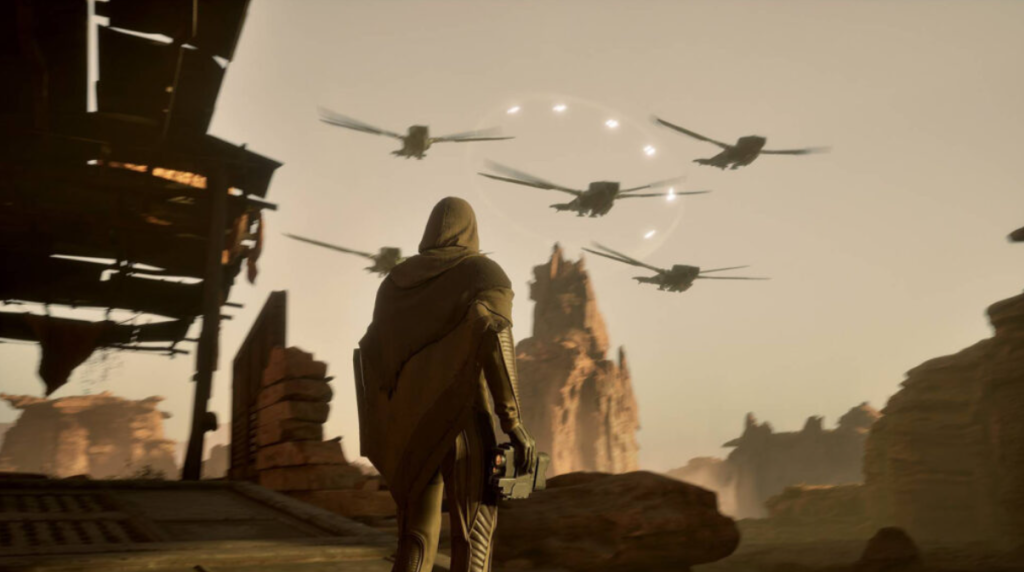
Moments like that remind you: Dune: Awakening isn’t just a survival MMO, it’s a game that thrives on tension. The world doesn’t care if you’re on a noble pilgrimage following the footsteps of the Fremen. It wants to eat you alive, especially if you’re careless.
Still, once you finally find the Cave of the Lost Pilgrim and trigger the recording, the pacing shifts. It’s a moment of calm, almost reverent. It’s rare in Dune: Awakening to be told to stop and listen. But that’s exactly what this trial demands. No fighting, no resource grind, just the quiet echo of a forgotten journey and a hint of what’s to come.
If you’re making your way through the Trials of Aql, here’s a tip: forget brute force. These challenges are often more about patience and observation than firepower. You’ll need to learn how to read the land, pick up on visual cues, and, when necessary, trust your instincts over the in-game map. One player I chatted with on a community server mentioned they’d spent nearly an hour combing the wrong canyon before realizing they were “para-east” of the wrong “hammer.” Whatever “para” means, they still have sand in their boots from the experience.
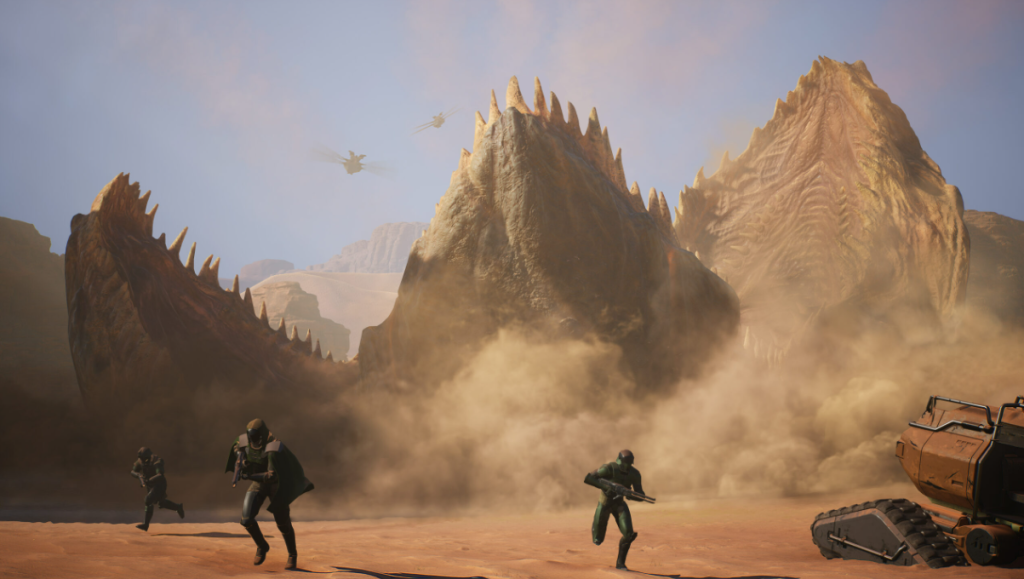
So is the Third Trial worth the effort? Yes — not because it’s action-packed, but because it marks a tonal shift. It’s the point where Dune: Awakening begins to demand a deeper kind of engagement from the player. Not just reaction time or map memorization, but a willingness to listen, to interpret, and to survive not just threats but the quiet in between.
Just don’t forget to stock up before you head out. Bring water, a decent stillsuit, and maybe a few friends who know how to run when the ground starts shaking. The sands of Arrakis are patient — but they are always watching.
![]()
